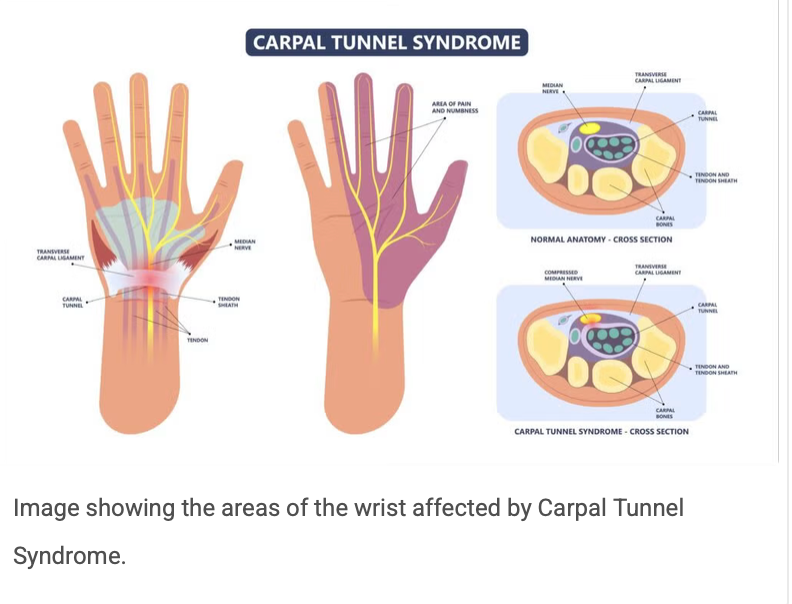Recognizing Spasticity After Stroke: Why Early Intervention Matters
- Elizabeth Olley
- Oct 28
- 2 min read
After a stroke, recovery doesn’t stop once the hospital stay ends — it continues for months and years as the brain and body work together to regain movement and function. One common complication that can quietly emerge during this process is spasticity — a tightening or overactivity of muscles caused by interrupted communication between the brain and spinal cord.
Spasticity can appear within days to weeks after stroke, and if not recognized and managed early, it can lead to long-term stiffness, pain, and contractures that limit independence. According to recent expert consensus, early identification and intervention are essential to optimizing recovery and preventing avoidable complications.
Understanding Spasticity
Spasticity causes involuntary muscle contractions, resulting in stiffness, abnormal limb positions, and resistance to movement. You might notice:
The hand or elbow that doesn’t fully open
The arm that wants to stay bent at the side
Toes that curl under when walking
Sudden “jumps” or spasms during stretching

These are not just “normal” signs of recovery — they may signal developing spasticity.
Why Early Recognition Is Critical
A 2021 expert consensus by Bavikatte and colleagues emphasized that spasticity should be screened for as early as 2–6 weeks post-stroke, particularly in patients with weakness or increased muscle tone. Early detection allows clinicians to:
Prevent fixed contractures
Reduce pain and muscle shortening
Improve comfort and hygiene
Maintain range of motion
Enhance participation in rehabilitation and daily activities
Delaying treatment can lead to secondary complications and make later rehabilitation more difficult.
The Role of Botulinum Toxin (Botox®) in Early Management
Several clinical studies — including Rosales et al. (2018) and Picelli et al. (2021) — have shown that early use of Botulinum Toxin Type A (BoNT-A), such as Botox® or Dysport®, can help reduce spasticity before it becomes entrenched.
Key findings include:
Improved muscle tone and flexibility when BoNT-A is used within 3 months of stroke onset.
Better upper limb positioning and ease of care, supporting daily function.
Enhanced response to therapy — when stiffness is reduced, patients can actively engage in movement retraining.
Botox works by temporarily relaxing overactive muscles, allowing the nervous system and muscles to “relearn” smoother movement patterns during therapy. The effects typically last about 3–4 months and can be safely repeated as needed.
A Collaborative Approach
Spasticity management is most effective when handled by a multidisciplinary team — including physicians, rehabilitation therapists, and nurses — who can identify changes in tone early and coordinate medical and therapeutic interventions.
At Neuro Advantage Rehab, our therapists are trained to recognize the earliest signs of spasticity and collaborate closely with medical providers who can administer treatments like Botulinum Toxin. Together, we design personalized programs that combine stretching, strengthening, and neuromuscular re-education to maximize recovery.
Takeaway
Spasticity after stroke is common — but it’s not inevitable and not untreatable. Early identification and proactive management can preserve movement, improve comfort, and dramatically influence long-term recovery outcomes.
If you or someone you care for is recovering from a stroke and noticing tightness, stiffness, or reduced movement, don’t wait. Talk with your rehabilitation team about early spasticity screening and treatment options like Botox to stay on the path to better recovery.
Learn more:
Contact Neuro Advantage Rehab today to schedule a consultation and discuss individualized strategies for spasticity prevention and management.





Comments